Non Operative Treatment for Knee Arthritis
Non-operative treatment for knee arthritis
Treatment for knee arthritis can be divided into oral medications, injectable medications, topical medications, exercises, and braces. Nothing cures arthritis or regrows cartilage. These treatments can hopefully eliminate or diminish knee pain for a few years.
Oral Medications:
NSAIDS
Oral Steroids
Injection Medications:
Cortisone Injections
Toradol Injections
Lubrication Injections
Zilretta Injections (long acting steroid)
Platelet Injections (PRP)
Topical Medications:
Voltaren Gel
Lidocaine Patches
Methol/Capician creams
Exercise:
Closed Chain Exercises
Physical Therapy
Yoga
Braces:
Bracing
Oral Medications
NSAIDs
NSAIDs are very common way to treat mild knee arthritis. Many patients will take NSAIDs before seeing an orthopedic surgeon.
Many NSAIDS are available over the counter like:
Some NSAIDS require a prescription like:
Diclofenac, Mobic, Celebrex
There are four potential complications of any NSAIDs that patients should consider before taking NSAIDS on a regular basis. The likelihood of having a complication goes up with dosage and duration of the treatment.
Gastric Ulcers - GI bleeds
Kidney damage
Hypertension
Contra-indicated while taking blood thinners (Coumadin, Xalerto, Eliquis, etc.)
If you have any of the above issues, please consult your PCP before routinely taking NSAIDs.
I often recommend that patients who take NSAIDs on a daily basis pick one weekend a month and not take their NSAIDs for that weekend. It is helpful to give your body a break from NSAIDs every now and then.
Steroids
Oral steroids (Prednisone) can alleviate arthritis pain but can also elevated your blood sugars, weaken your immune system, increase your weight, and weaken your bones if taken for prolonged periods of time.
DMARDS
Disease-modifying anti-rheumatic drugs (DMARDs) are used to slow the progression of rheumatoid arthritis which is where a patient’s auto-immune system attacks their joints. Drugs like methotrexate, sulfasalazine, and hydroxychloroquine are commonly prescribed by Rheumatologist. Other medications like Humira and Remicade are called biologics and can also treat rheumatologic conditions. These medicines do not help osteoarthritis since the pain is from wear and tear on the knee joint, but they do help rheumatoid arthritis where the body’s immune system is attacking the knee.
Oral medications that don’t work
Glucusoamine and Chondritin do not improve knee arthritis pain or rebuild cartilage as shown in this NEJM study.
Injections
Cortisone/Steroids injection
Cortisone refers to a family of 4-5 different steroids (Depomedrol, Celestone, Methylprednisolone, Triamcinolone, or Kenalog). Steroids are tiny lipophilic molecules that can go through cell membranes, enter the nucleus of the cell, and shut off the production of inflammatory proteins and cytokines like IL-1, TNF-alpha, etc.
Because cortisone can move through cell membranes, a small portion of the cortisone can enter the capillaries around the joint and be transported throughout your body. Most of the steroid medicine works on the knee, but some of the steroid can affect the rest of the body.
Cortisone shot usually start working in a day and will typically last a few weeks to a few months.
Patients can get a cortisone shot every 3 months as long as the shots are affective. Each additional shot usually works about 90% as well as the previous shot which means most patients will benefit from 5-7 shots in their lifetime.
When patients no longer get any benefit from cortisone shots, it may be time to consider a knee replacement.
Diabetics may see a slight bump in the glucose levels and some patients report an increase in their appetite. Patients with dark skin will occasionally see a slight lightening of their skin color around the injection site.
Insurance does not require a prior authorization to get a cortisone shot because these shots are inexpensive.
Toradol injection
Toradol is an injectable NSAID that can relieve knee pain. It works within a few hours but only last a few days. I often include a Toradol injection when I do a cortisone injection.
Lubrication injection
Lubrications shots are known by many names: Gel Shots, ViscoSupplementation, Hyaluronic Acid (HA), chicken shots, and roster cone injections. There are many brand names but the active ingredient is always hyaluronic acid (HA).
Monovisc, Orthovisc, Synvisc, Hyalgen, Supratz, Eufleuza
About a third of patients respond to lubrication shots. About a third of patients get no response.
The AAOS does not give a recommendation for or against lubrication shots because most research papers show little to no benefit beyond placebo effect.
Lubrication shot usually require a prior-authorization and failure of previous treatment (i.e. cortisone shot) for the insurance company to approve the shot. These shots usually cost around $~1000.
If you want lubrication shots, please let Dr. Kurtz and/or Kristie know before you come to clinic, so we can attempt to obtain the required prior authorization prior to your visit.
Zilretta injection
Zilretta is a long acting steroid shot. The steroid molecule is encapsulated in a dissolvable microsphere that slowly dissolves over 3-4 months. The microspheres have a variable size which allows for some of the steroid to be released early and some to be released months later.
Platelet Rich Plasma (PRP) injection
Platelet Rich Plasma (PRP) shots involve drawing blood out of your arm, separating the platelets from the red blood cells, and injecting the platelets into your knee joint.
These platelets can be best thought of as sacks of chemicals (growth factors and other proteins) that burst open from mechanical trauma after they are injected into a knee joint.
PRP shots will not regrow cartilage.
They may relieve pain for 2-3 months, but don’t work for everyone.
Insurance does not typically cover the cost of these shots. TOA charges patients $~550 for a PRP shot which covers our cost of the kit used to spin down the platelets..
Injections that don’t work
Stem cell injections have not been shown to regrow cartilage or substantially improve knee arthritis symptoms. Injected stem cell have no capability of adhering to other cells on the articular surface. These injected stem cells just float around in a sea of synovial fluid until they rupture from mechanical trauma.
When considering the potential utility of stem cell injections, it is helpful to understand how knee cartilage is formed. Chondrocytes (cartilage cells) begin as immature chondrocytes about 3-4 mm below the articular surface. These immature chondrocytes are formed in a scaffolding with other immature chondrocytes. As these cells mature, they slowly advance to the articular surface like soldiers locked arm in arm. Each chondrocyte is connected to the next chondrocyte for their entire life of those chondrocytes.
As an analogy, if you pick up a piece of tree bark on the ground and put it back on the damaged tree, the bark will not grow back to the tree. The wind and rain will just knock the bark off the tree. Both chondrocytes and tree bark must remain connected to neighbor at all times.
As an optimist, you might argue that when stem cells rupture from the mechanical trauma, they might release helpful proteins into the knee just like a PRP injection. While these proteins inside stem cells could be beneficial, the high cost of these stem cell injections does not justify the theoretical benefit in my opinion.
Stem cell injections are not FDA regulated. They are not scientifically shown to improve arthritis symptoms. Please be careful in pursuing this option as there are many charlatans in this space. The FTC is suing predatory stem cell clinics for making false claims.
Topical
Voltaren Gel
Voltaren Gel is a topical NSAID that is available in grocery stores and on Amazon. Voltaren is a good option for patients who want to use a NSAID but have stomach ulcers or take a blood thinner.
Capsaicin / Menthol Cream
Capsaicin is the active ingredient in chili powder and causes vasodilation and makes our skin warm. Capsaicin may also help block some pain nerves. Menthol causes vasoconstriction and makes our skin cool. Icy Hot, Bengay, and Biofreeze are examples of these sorts of creams.
Lidocaine patches
Lidocaine patches are a modest way to relief some minor knee arthritis pain. Salonpas are an over the counter version of lidoderm patches. Stronger lidoderm patches are available with a prescription.
CBD / Hemp Oil
I have only heard anecdotal stories about CBD and hemp oil from other patients. I have not seen any scientific studies proving the efficacy of these agents.
Exercises
Closed Chain Exercises
Closed chain exercises are preferable to open chain exercises for patients with knee arthritis. Closed chain exercises mean that the patient’s foot stays on the surface during the exercise. Examples of closed chain exercises include road bike, stationary bike, recumbent bike, rowing machine, elliptical machine, and Nordic track. Examples of open chain exercises include running, jogging, walking and jumping.
Physical Therapy
Physical therapy can help some patients strengthen muscles and improve mobility. PT is also helpful to get patients prepared for a knee replacement.
Yoga
Yoga helps maintain flexibility and balance. The gentle nature of yoga means is it safe for most patient to try. As always, please seek expert advice when trying something exercises and positions.
Braces/DME
Hinged knee brace
Patients who are highly motivated to wear a brace may benefit from an unloader brace. An unloader brace is designed to shift the weight off the arthritic side of the knee and on to the normal side of the knee. Most braces are cumbersome and difficult to wear. They can sometimes be painful. Compliance with knee braces is low. Dr. Kurtz will provide braces for motivated patients, but does not want to waste his patient’s money or time doing something that will likely fail.
The idea with bracing is to force the weight through the part of the knee with the best cartilage. For instance, most knees are worn out on the inside or medial compartment (varus knee arthritis). A medial unloader brace will push the knee in and foot out and thereby shift the load to the lateral compartment of the knee where the cartilage is healthier.
Palumbo Brace
A palumbo brace is a simple way to modestly improve patella femoral tracking and symptoms.
Heel Cups / New Shoes
Viscous elastic heels cups are a cheap and easy way to cushion your knee joint while you walk.
Buying new tennis or running shoes is also an important way to maintain an activity life while living with knee arthritis.
